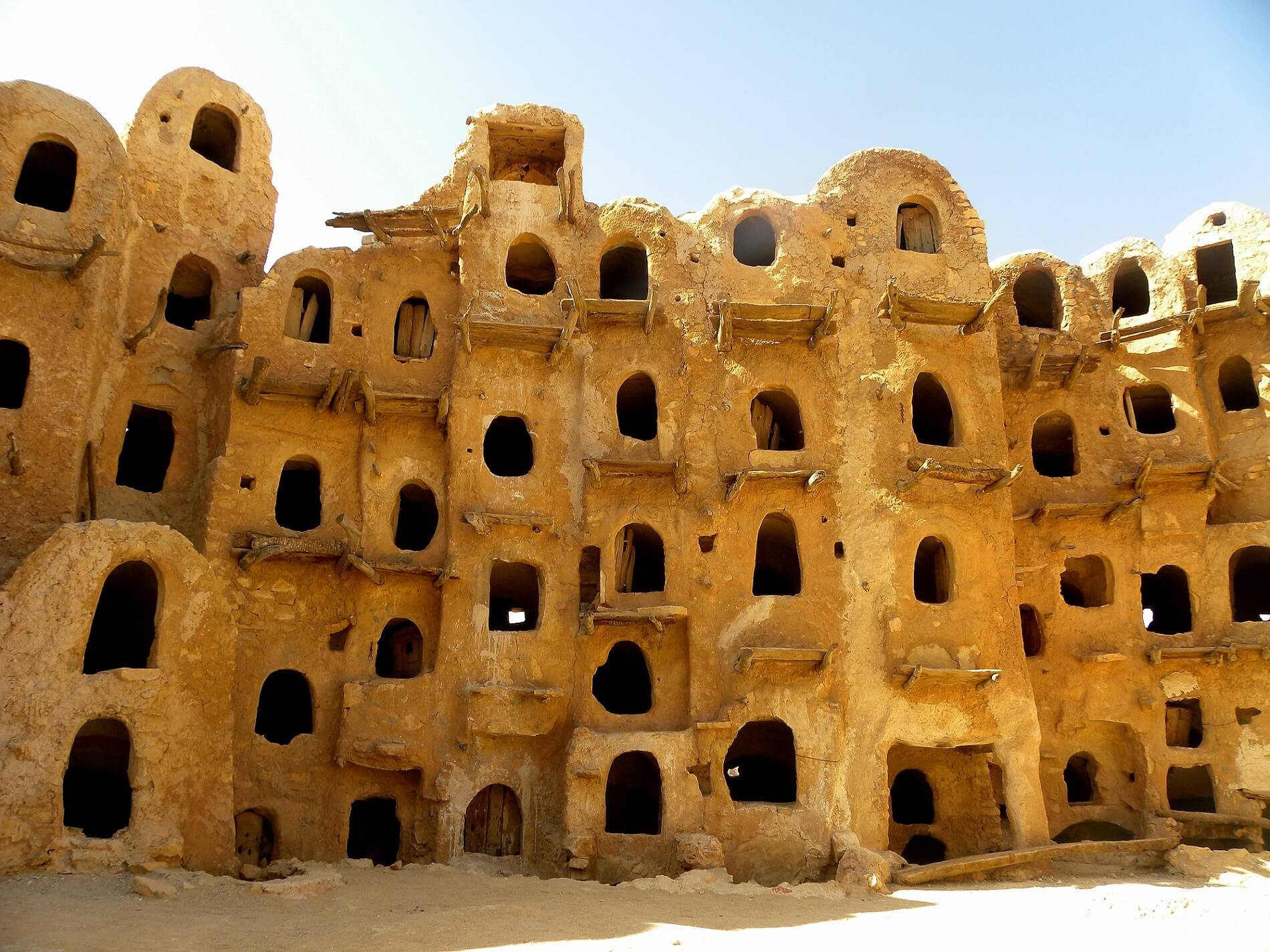The financial viability of Libyan institutions is also starting to represent an increasingly worrisome issue. In 2014 alone, Libyan institutions burnt a quarter of the Central Bank foreign reserves to offset falls in oil revenues. Figures for 2015 are even worse as the country’s oil production in the past twelve months has continued to oscillate between 300,000 and 400,000 barrels per day at maximum, far from the 1.6 million barrels per day registered before the start of the 2011 uprisings.Furthermore, the State-owned Libyan oil company AGOCO recently announced that it may cut the salaries of its employees by up to 43%. Although disruptions or strikes in the oil sector did not occur after this announcement, they would if the salaries’ cuts are actually implemented. Unrest among the oil sector workforce has in fact been a recurring theme in Libya and has been used by the Federalists to bolster their political fortunes. During the past years, federalists have allied with local tribes in areas of oil infrastructure to shut down several oils terminals, even for protracted periods of time, in order to obtain pay-raises, additional benefits or political advantage.

